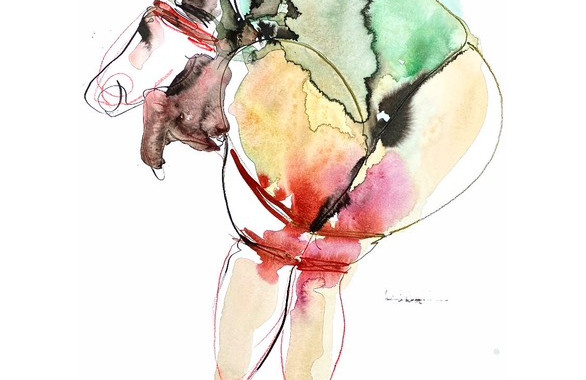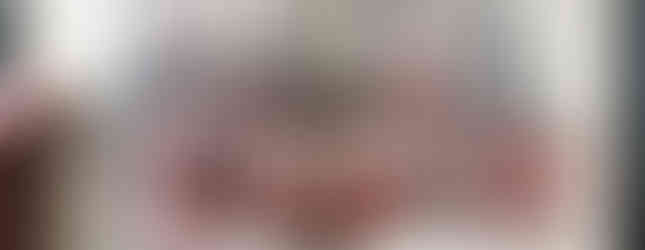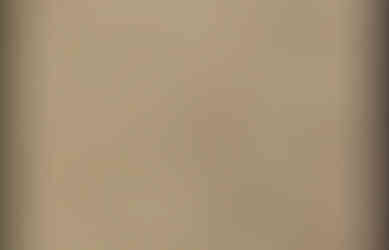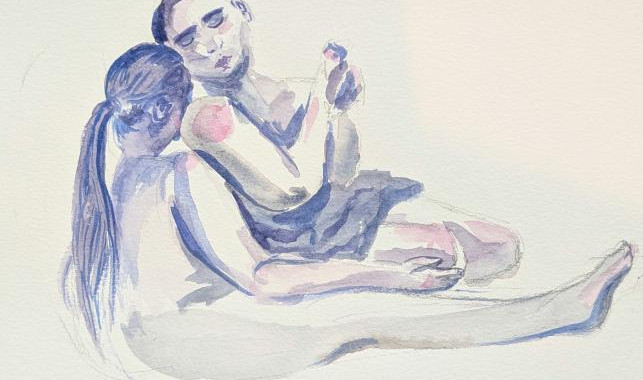Shibari Life Drawing
- Novellus

- Mar 8
- 3 min read

We've been fortunate enough to model for Queer Draw Brum twice now, with the most recent time being just last month. We also went down to London a couple of years ago to model for Drawn to Rope at Anatomie Studio. Modelling for life drawing presents some unique challenges as well as interesting opportunities.
Image Credit: @inkylayla at @drawntorope
Seiu Ito (1882-1961), a Japanese artist fascinated by women is distress and Edo period Japan, is often recognised as "the father of modern kinbaku". He used restraint with rope in his artwork and tied various models including his wife to draw them. So kinbaku has a rich history of modelling for artists.
Image Credit: @uncle.lyd at @queerdrawbrum
For the last couple of years, one of the main things we’ve been working on in our tying is pausing and waiting. Life modelling forces this to happen, the long pauses and KnottyButt knowing that she should remain still add to her suffering in a new way. The length of time she will be in the pose being announced to the room as she first settles into place can cause some mental challenge, which is only built on as she knows she's the center of attention and there are many eyes focused on her. She is often left alone in the center of the room. The space around her, with people studying her from all directions, puts her in a vulnerable headspace. This can emphasise some of the positions I put her in, which are often physically difficult or exposing.
Image Credit: @js.illus at @queerdrawbrum
The disjointed sections of tying, with these long pauses in between also changes how we communicate quite a lot. Usually if I step back to watch her, she still knows where I am in the room and I am still the closest person to her. This means that she doesn’t feel the need to communicate verbally very much as she knows that I can see her reactions. When I am stepping back, often behind the artists to stay out the way, she talks when I get close to her again. She verbally tells me how she’s feeling and if any adjustments need making. This can disrupt her headspace a little but is worth us practicing more. I might try stepping further back from her when we tie privately and not moving around her so much. I’m interested to know how her communication style changes when she doesn’t hear me moving around her.
Image Credit: @gareth.barton.art at @drawntorope
When we tie, even in private, there is often a front of the tie or a way that seems to be somehow more public. This is often based on which direction KnottyButt is facing when in seiza at the start of a scene or is the direction I take photos from. Modelling for life drawing is often done with the artists all the way around us, meaning there isn’t a single angle I imagine the tie being viewed from. I also want different people to see different angles for each pose, especially when it is a similar shape to a previous position. I’m not sure how much this affects the mindset of KnottyButt, but it definitely affects how I tie and how I move around her body.
Novellus
Image Credit: @abigailjosevv.art at @queerdrawbrum
Image Credit: @sketchplease_ at @queerdrawbrum
Image Credit: @victoriastrideart at @drawntorope
Image Credit: @kate.wolf.studio at @queerdrawbrum

























































































































Comments